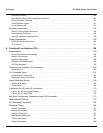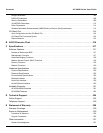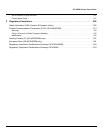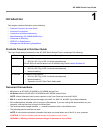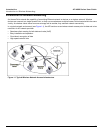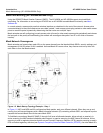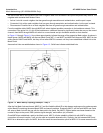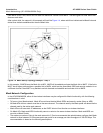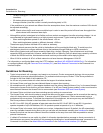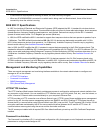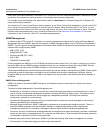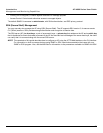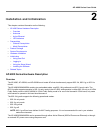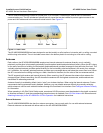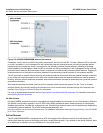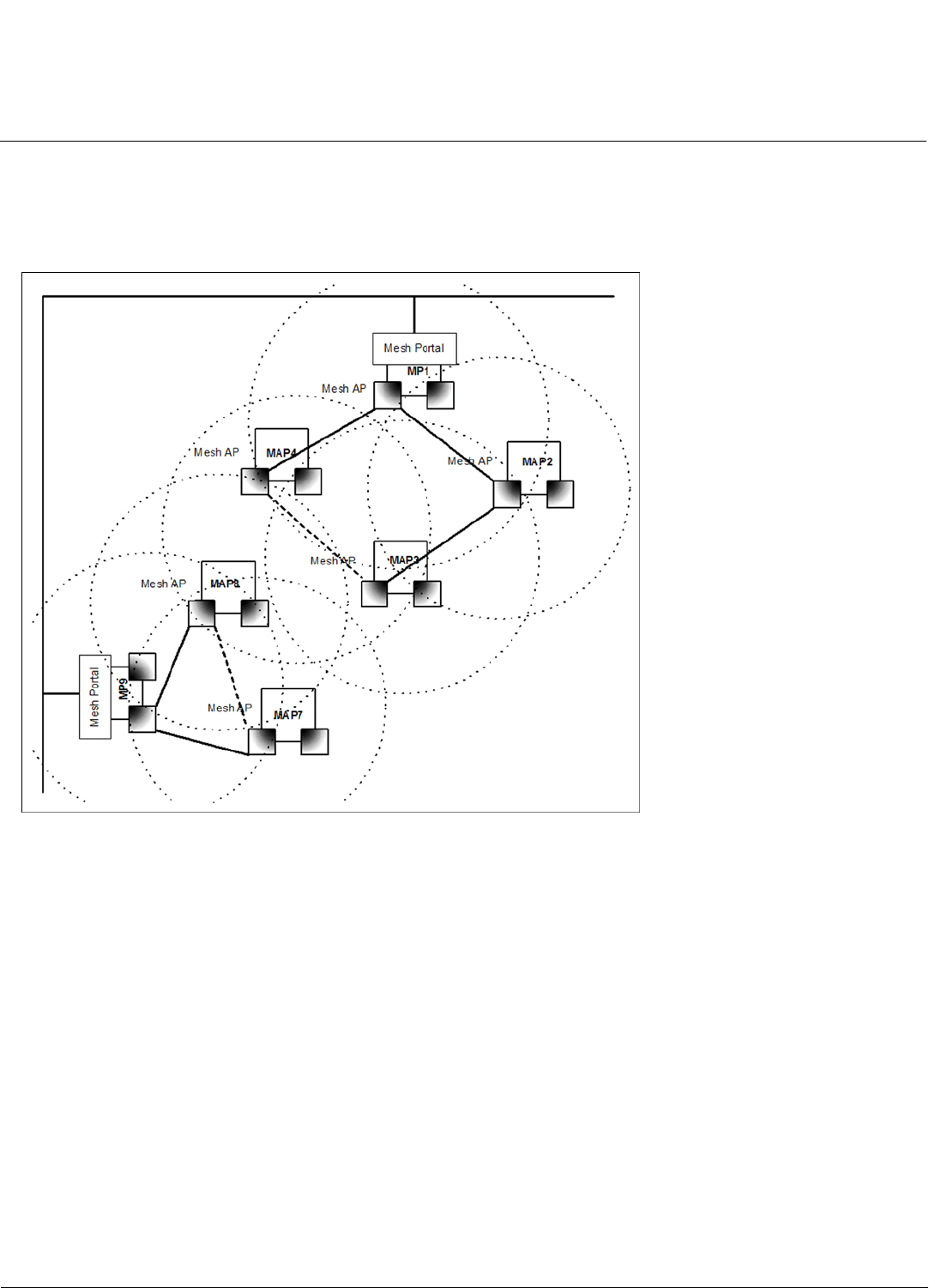
Introduction AP-4000 Series User Guide
Mesh Networking (AP-4000M/4900M Only)
13
from MAP4 to MP1 fails, MAP4 can still reach the backbone via MAP3 and MAP2. The same goes for other MAPs that
discover each other.
After a short while, the network in this example will look like Figure 1-4, where solid lines indicate active Mesh links and
dotted lines indicate established but inactive Mesh links.
Figure 1-4 Mesh Startup Topology Example – Step 3
In this example, if MAP8 loses the Mesh link to MP1, MAP8 will immediately activate the Mesh link to MAP7. If the link to
MAP7 has a higher path cost than a possible link to MAP4, which has the same Mesh SSID and security mode but is on
a different channel, then MAP7 may decide to switch channels and establish and activate a link to MAP4.
Mesh Network Configuration
In the AP-4000M/4900M, either of the wireless interfaces may be configured for Mesh functionality, with the following
considerations in mind:
• To form or join a Mesh network, Mesh APs must have identical Mesh SSIDs and security modes (None or AES).
• All Mesh APs within a network must be on the same channel. The channel used by the Mesh portal will determine the
channel used by the entire mesh network.
• Mesh APs must have static IP addresses, as the DHCP client will not function on wireless interfaces.
• On Mesh APs, Mesh and WDS functionality cannot co-exist on the same wireless interface. Mesh and WDS can
co-exist on Mesh Portals.
• The maximum number of links in the mesh network is 6. Proxim recommends that administrators configure their Mesh
network to allow between 20-30 access points per portal for an average per-client throughput of 300-500 Kbps. This
recommendation is based on the following assumptions:




